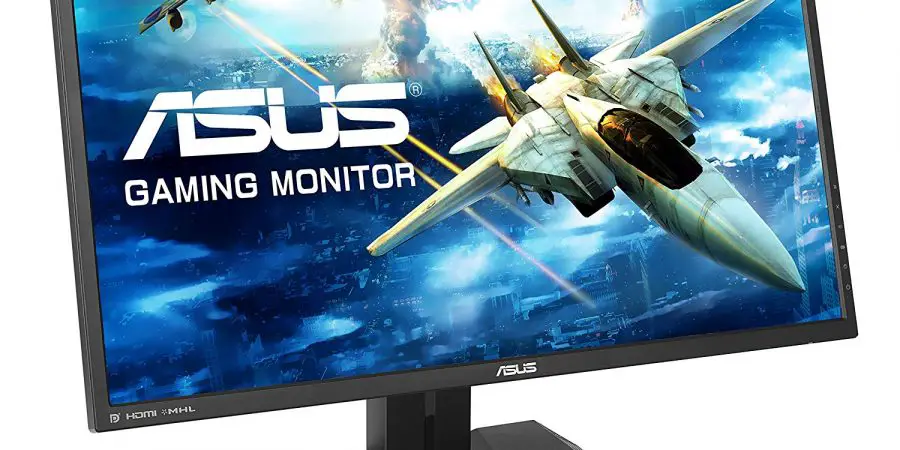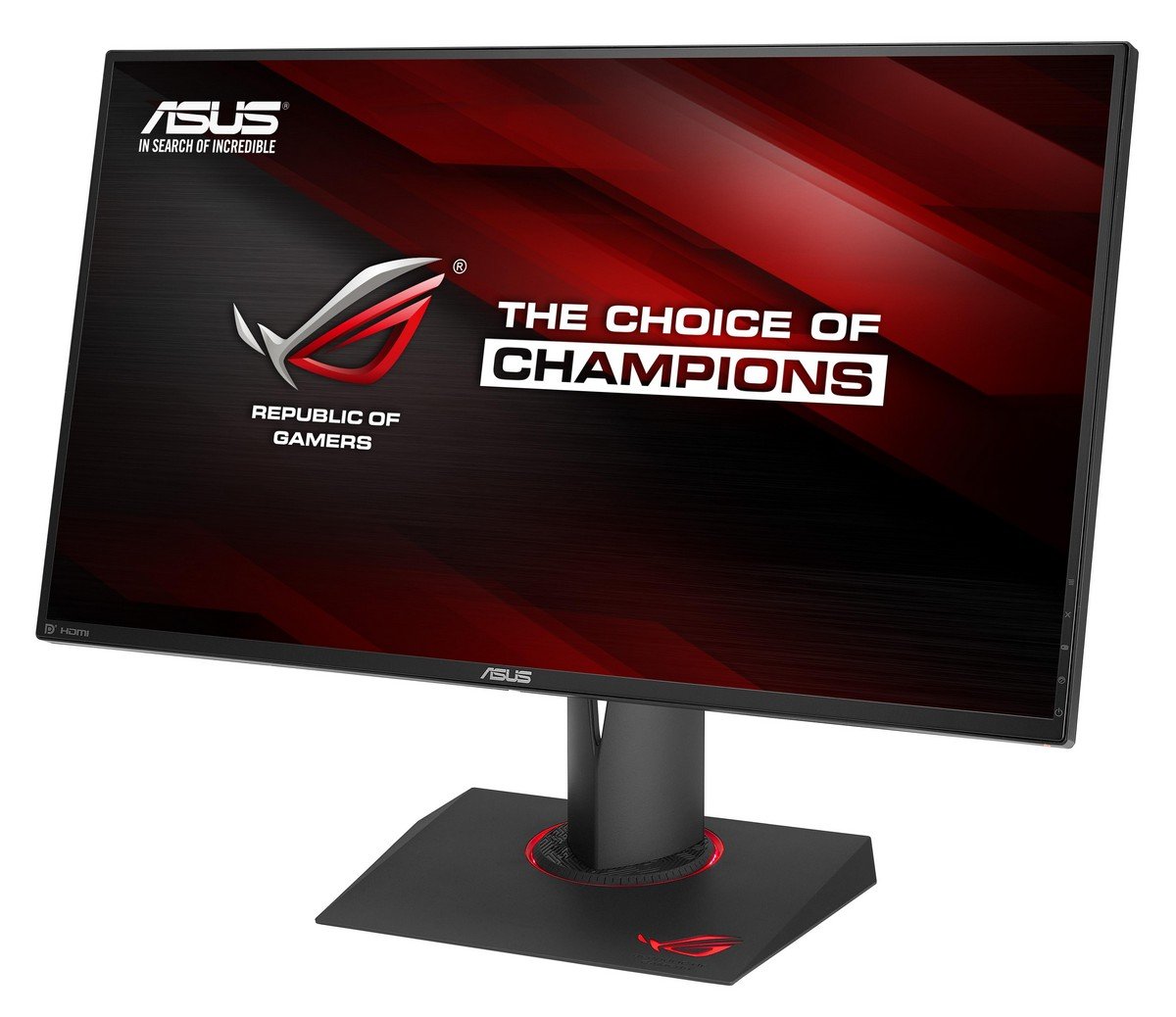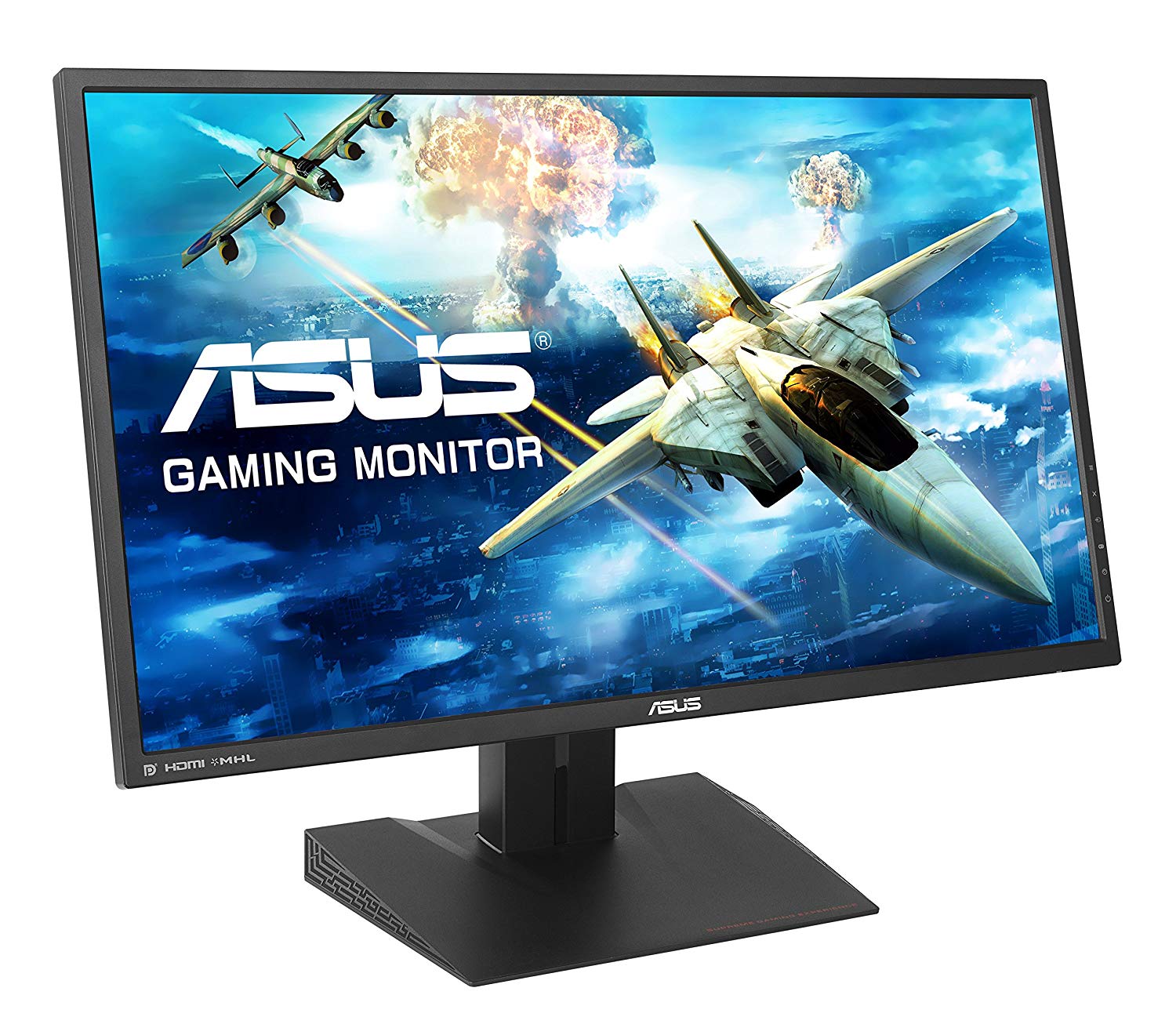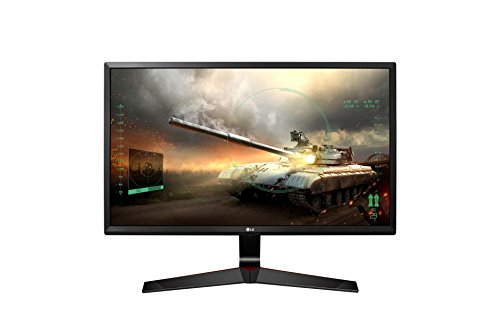If you’ve got all the right peripherals and a great, big gaming rig ready to play the latest games, you should always look at the monitor that you’re getting.
When playing certain first-person shooter games competitively, having a monitor that runs at the right frequency, with the right settings and features, you’ll be able to make millisecond decisions that can make or break you whenever you’re playing against someone else.
After all, the monitor is your window into the world of gaming, so it only makes sense for you to get one that’s going to offer you the best experience by far.
Panels
In monitors, you can get a number of different panels. The three most popular panels are Twisted Nematic (TN) panels, In-plane Switching (IPS) panels and Vertical Alignment (VA) panels. TN panels take advantage of an active 3D shutter which lets them display twice as much information as other panels. This doesn’t necessarily mean they are the best though.
IPS panels work by having a parallel array of pixels as opposed to the standard perpendicular array of pixels. This allows for better colour reproduction and also has the benefit of amazing viewing angles. IPS panels are also usually more expensive then other TN panels, while VA panels are somewhere in between.
Frequency
A monitor’s frequency is quite simply, the refresh rate of the monitor. Whenever you play any type of game on your computer, signals will be sent to the monitor to change the images and refresh them each second. This is what it is. If you have a 120Hz monitor, that means it can draw 120 times per second. This is usually measured by the frames per second (FPS).
What you’ll what to do in an ideal world, is to match the frequency of the monitor to the most common range of FPS that you get. When you’re running a game at 140 FPS, you can see 140 frames each second, which means it makes sense to have 140Hz in a monitor because you’ll get the refresh every time a new frame is changed.
Response Rate
This is measured in milliseconds and denotes the amount of time that a monitor can go from one colour to another. Usually, the best type of measurement would be GtG, which stands for Grey to Grey. If your monitor has a 5ms response rate, then it means it’ll take 200th of a second to go from grey to grey. A lower response rate is better and the better it is, the less you’ll experience ghosting on your monitor.
Features
Some of the more expensive monitors will come with certain features such as FreeSync or G-SYNC. This are features built into the monitors that work directly with specific graphics cards. If you have a G-SYNC monitor, be sure to have an NVIDIA card. Some of them are G-SYNC compatible, which means it’ll work for both cards, but it’s something you should be aware of.
V-Sync is a graphics card setting that will limit your framerate so that you can manually match it to your monitor’s refresh rate. G-SYNC and FreeSync are far more advanced and actually much better. They’ll vary the monitor refresh rate to match the frame rate of whatever you’re playing.
Finding Our Five
Monitors are a little bit trickier to pick. Some of them support G-SYNC, while other support FreeSync. Some of them are wide screen, some of them not. We’ve decided to pick the best monitor for each different occasion, meaning you can make the right, informed choice when you do decide.
Best G-SYNC Monitor – ASUS ROG Swift PG279Q
Without a doubt, one of the best monitors with G-SYNC. You’ll get a 27” monitor running at 165Hz (overclocked) frequency and a 4ms response time. It’s an IPS panel and runs at 2560×1440.
Best FreeSync Monitor – ASUS MG279Q
While we’re comparing 27” monitors here, this ASUS comes in very close to the ASUS, but this is for FreeSync. This is an IPS panel at 2560×1440, and offers a refresh rate of up to 90Hz.
Best Monitor on a Budget – LG 24MP59G-P
A 24” monitor running at 1080p with a 75Hz refresh rate. The response time is 5ms and it all runs on an IPS. You’ll also pay less than £/$200.
Best Ultra-wide Monitor – BenQ EX3501R
This runs at a massive 3440×1440, which is going to need quite a machine to run. You’ll get HDR, a 100Hz refresh rate and a 4ms response time. You’ll pay a little more, but for this 35” monitor, you’ll see where the money goes.
Best 4K Monitor – ASUS ROG Swift PG27UQ
When you are someone who likes to game at 4K, you’re generally the person that doesn’t mind a hefty price tag. This 27” monitor runs at 3840×2160 and gives you 144Hz, HDR and G-SYNC support with a 4ms response time.
The Review
The best gaming monitors
"Putting your skills to the test can only really happen at the top end of competitive esports. To be at the very best, you’ll need a gaming monitor that reflects that. Here’s our list of the top 5 gaming monitors. "
Lowest Price at::
£167.99The Good
- High Hz
The Bad
- None Gaming Monitors








Discussion about this review